How far apart to space zinnias to get this "filling in" effect
dssguy99
10 years ago
Featured Answer
Sort by:Oldest
Comments (9)
zen_man
10 years agodssguy99
10 years agoRelated Professionals
Redondo Beach Landscape Architects & Landscape Designers · Towson Landscape Architects & Landscape Designers · Broomfield Landscape Contractors · Dallas Landscape Contractors · Hoffman Estates Landscape Contractors · Mahwah Landscape Contractors · Paramus Landscape Contractors · Santa Maria Landscape Contractors · Wilton Landscape Contractors · Antioch Landscape Contractors · Norridge Landscape Contractors · Conroe Driveway Installation & Maintenance · Easton Driveway Installation & Maintenance · New Bedford Driveway Installation & Maintenance · Lansdale Decks, Patios & Outdoor Enclosuresdssguy99
10 years agozen_man
10 years agozen_man
10 years agodocmom_gw
10 years agorhizo_1 (North AL) zone 7
10 years agogoblugal
10 years ago
Related Stories
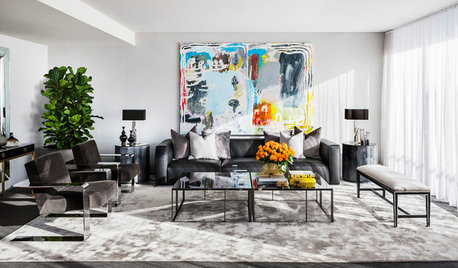
BUDGET DECORATING8 Cost-Effective Ways to Get a High-End Look
Don’t discount that expensive material yet. By using a small amount in a strategic way, you can get a luxurious look without the expense
Full Story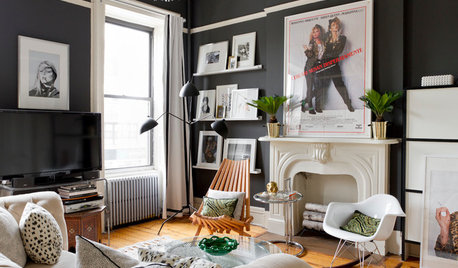
HOUZZ TOURSMy Houzz: A Stylish Brooklyn Apartment Filled With Memories
Collected pieces from travels, family heirlooms and contemporary finds turn an apartment into a home for 3
Full Story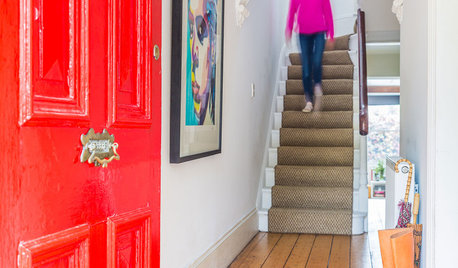
DECORATING GUIDESHouzz Tour: Bright Hues Energize a Light-Filled Victorian
A vintage home gets dressed to impress with pops of color and eye-catching modern artwork
Full Story
FARMHOUSESLight-Filled Artist’s Studio in the Pennsylvania Countryside
An architect creates a soaring space for a still-life painter that references the area’s history and her passion for horses
Full Story
GARDENING AND LANDSCAPING19 Spectacular Pools Near and Far
These incredible infinity pools, heavenly oceanside pools and luxurious lap pools around the world have unmatched allure. Take a dip
Full Story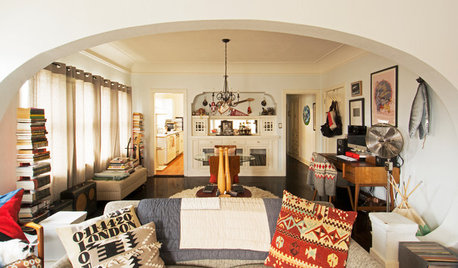
HOMES AROUND THE WORLDWorld of Design: 11 Guys and Their Personality-Filled Man Spaces
Take a tour of very individual retreats designed by creative guys around the globe
Full Story
TRADITIONAL HOMESHouzz Tour: Basement Now a Light-Filled Family Living Space
Merging a house and a basement flat into one townhouse creates a spacious family home in London
Full Story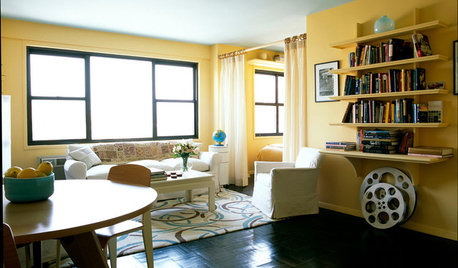
HOUZZ TOURSHouzz Tour: A Manhattan Studio Gets a Bright Future
Sunny citrine walls bring zest to a young singleton's newly redesigned West Village apartment
Full Story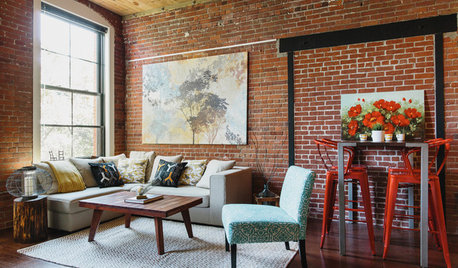
LOFTSRoom of the Day: A Loft Space Filled With Character
Once a chocolate factory, this Boston space is now designed for relaxing and entertaining
Full Story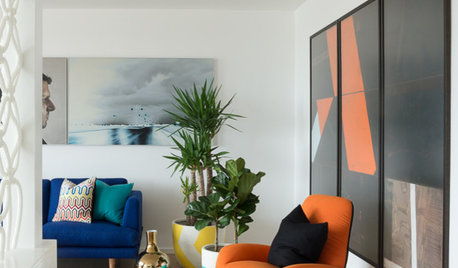
HOUZZ TOURSHouzz Tour: A ’60s Apartment Gets a Retro Revamp
With a newly open layout and colorful, era-appropriate decor, an Australian apartment gets its groove back
Full Story





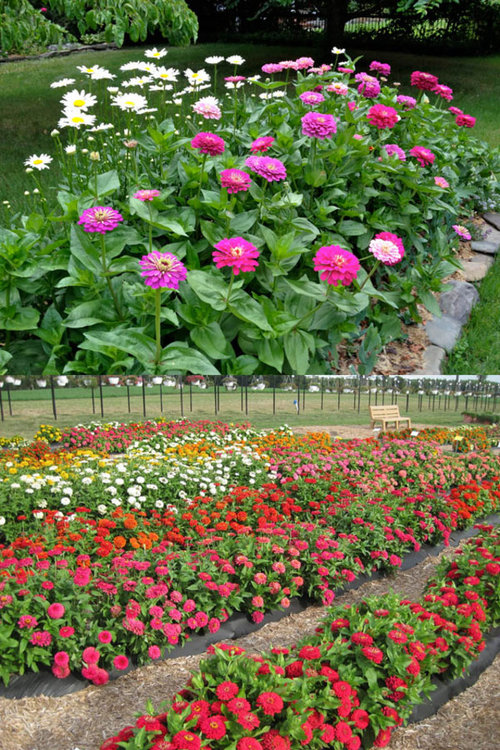
ken_adrian Adrian MI cold Z5